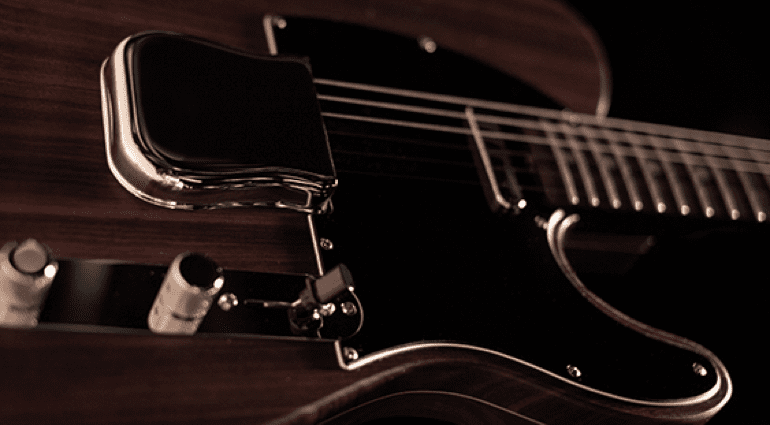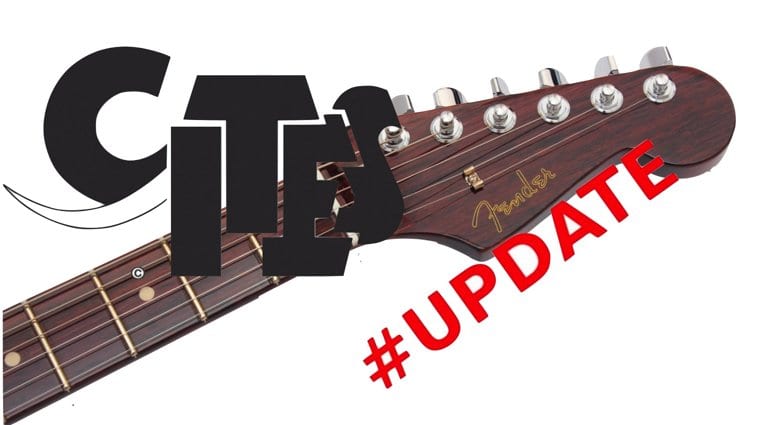CITES lifts rosewood ban for guitars and other musical instruments!
CITES ban overturned at last
After a nearly two-year CITES ban on the movement of rosewood crossing international borders, unless accompanied by the relevant paperwork, it looks like the ban has finally been overturned.
CITES vs. Rosewood: The turnaround
According to media reports, trading restrictions on rosewood have been revised by the relevant CITES committee allowing all ‘finished’ instruments with rosewood, all their parts and spares, to be traded freely. This ends the restrictions previously in place for musical instruments, which will now apply only to the movement of rosewood as a raw material across international borders.
Common Sense
That makes sense to me. Why would you want to confiscate or destroy instruments legitimately built using rosewood, especially vintage ones or ones where the wood had been sourced in a way that is environmentally friendly? According to NPR, the 2017 restrictions cost the MI industry tens of millions of dollars without a big impact on rosewood conservation. That’s quite a big economic effect on the companies involved.

Fender Custom Shop George Harrison Telecaster. A definite candidate for CITES 2017 paperwork · Source: Fender
Musicians and Industry freedom
This new ruling will mean that musicians can travel freely without fear of their beloved instruments getting confiscated or destroyed. But I hope the musical instrument industry will start to think more carefully about what woods they use and how it will impact the environment going forward.
The trade in raw-material rosewood still remains regulated and is subject to permits granted by individual countries. Which, I believe, is as it should be. We need to be far more conscious of what we use and how it affects our planet in the long-term.
You can read the full report on the NPR link below.
More Information
4 responses to “CITES lifts rosewood ban for guitars and other musical instruments!”








I really hope that manufacturers return to Dalbergia latifolia for fretboards. I’ve had a number of Pau Ferro and Jatoba fretboards here, and while there is a single Fender with Pau Ferro which has a very unique and dramatic texture with gradations of red to dark brown, most of them look heavy into a single shade of orange. The wood itself is just fine, and I’m not saying that, in isolation, the fretboard looks bad. It’s just that manufacturers haven’t changed body colors, too, so a body with a color that’s supposed to be matched up with a dark fingerboard but instead is now paired with a bright orange or brown looks way off.
Now the old MIM Fenders with Pau Ferro boards will command a premium. Lol
Probably…
Do we expect manufactures such as Fender to return to the use of Rosewood with their MIM and lower end American guitars?